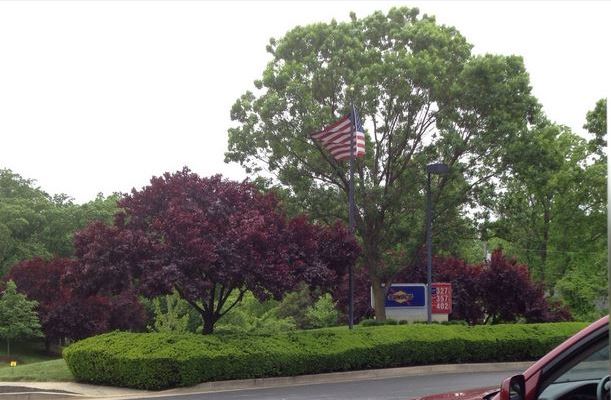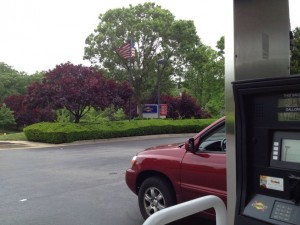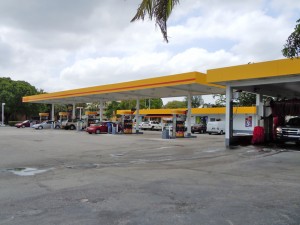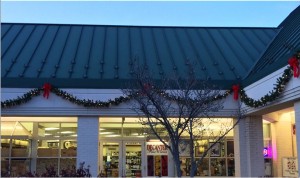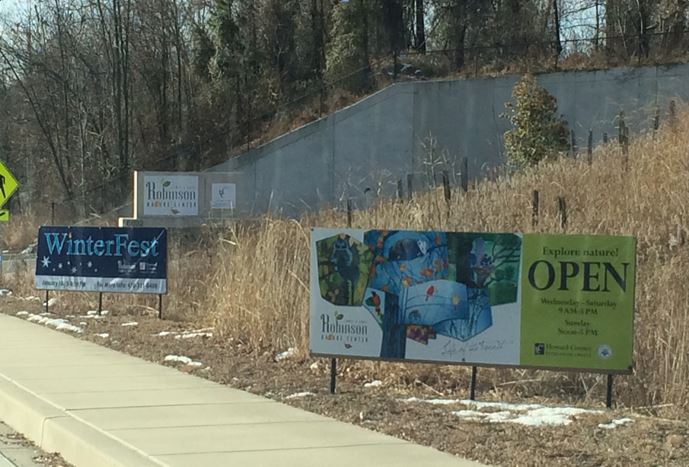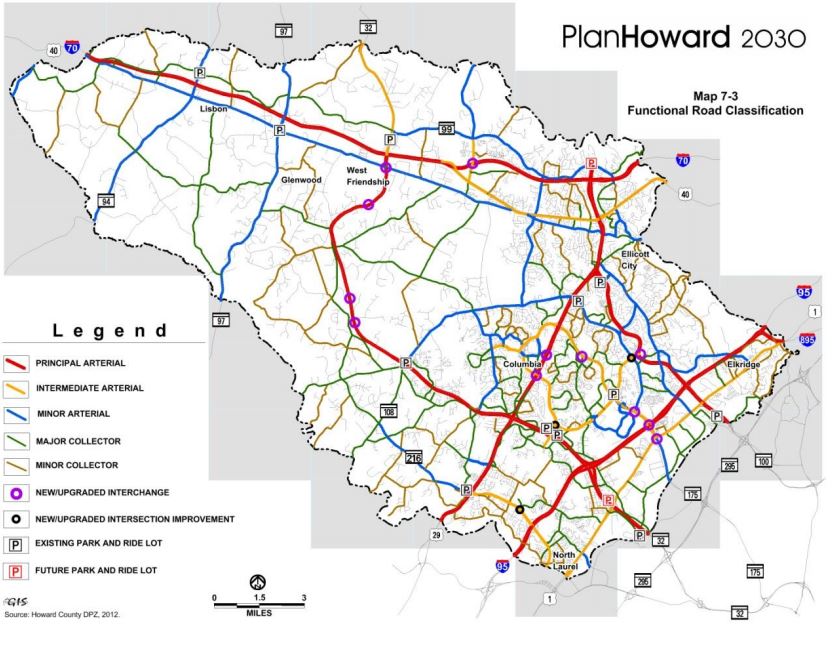Here are the first four of ten reasons why we should keep Columbia a planned community and preserve the vision of Columbia’s founders.
1. Predictability for Business Owners and Developers – When regulations are in place and enforced stakeholders don’t have to guess what will happen. Developers know what to expect and business owners don’t have to fear that a new company will come in and not be required to adhere to the same restrictions that they were forced to adhere to.
For example, new gas stations should be required to blend in like all other Columbia gas stations.
Like this:
Not like this:
Not only does this help to create a level playing field, but it helps to avoid the perception of government officials and agencies picking winners and losers.
2. Consistency in Signage Approvals – Signs displayed on businesses can have a huge impact on the look and feel of a community as well as on the profitability of a business. It’s critical that guidelines are enforced uniformly.
A little while ago, Eric Stein, the owner of Decanter Fine Wines, asked his landlord Kimco for a small sign saying “Decanter Fine Wines” on the white edge of the building facing the parking lot. Kimco was okay with the idea but Howard Research and Development’s Architectural Committee turned him down.
Fast forward… When AAA installed their signs on their new building on Minstrel Way they put up seven signs! How could HRD approve all these signs? They have also put up banners on Snowden River Parkway and a banner on the building (both not allowed).

Then there is Howard County’s Robinson Nature Center doing what they please…
How is this possible? Are there rules for big business, rules for small business and rules for the Howard County Government? At this time the answer is YES!
This is an example of why we need an organization that can be trusted to evaluate fairly all applications related to development and improvements in New Town.
3. Preservation of our Parkways and Better Control of Traffic Congestion – Below is a photo of Snowden River Parkway at 2PM on a weekday. This is the site where the Department of Planning and Zoning (DPZ) has approved access for vehicles leaving a mega gas station (two to five times the size of Columbia Village gas stations). The upgrades in the works for Snowden River Parkway are to improve the existing issues, NOT to facilitate a mega gas station.
Traffic congestion going south:

…and traffic congestion going north:
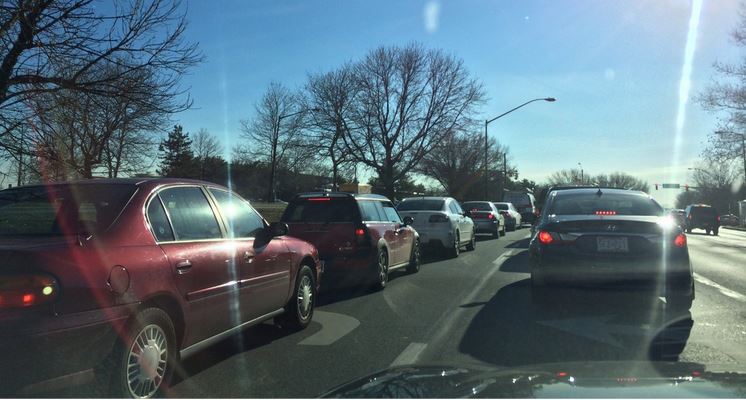
Columbia Parkways are rated as heavy use connector roads, intermediate arterials, one level down from roads like Route 29. PlanHoward 2030 states that an intermediate arterial “provides access between principal arterial highways and major streets in highly developed areas through the limitation of the type and number of access points from adjacent land uses.” Our parkways are highly traveled, and we should preserve their efficiency by continuing to limit access points.
Traffic congestion is a huge factor in quality of life measures. Ensuring that our parkways continue to provide a mechanism for getting around Columbia efficiently is critical in preserving our quality of life.
4. Stopping the use of Redlining as a Tool for Developing New Town Land – It is clearly documented on the DPZ website, and Marsha McLaughlin, the Director of the Howard County Planning and Zoning, has stated that the redline process is only for minor changes.
However, officials allowed the redline process to be used to approve the construction of the AAA building in the photo above. It was also used to approve a strip mall on Snowden River Parkway, to approve the the development of an apartment tower in downtown Columbia, and for development on a Mobil gas station site in Kings Contrivance.
Use of the redline process for big projects like this has circumvented public input, avoided the updated storm water requirements, and circumvented covenants and deed restrictions.
This practice has to stop if we will truly continue to be a “planned” community.
Stay tuned for part 2 where we’ll give you six more reasons to Keep Columbia a Planned Community.

